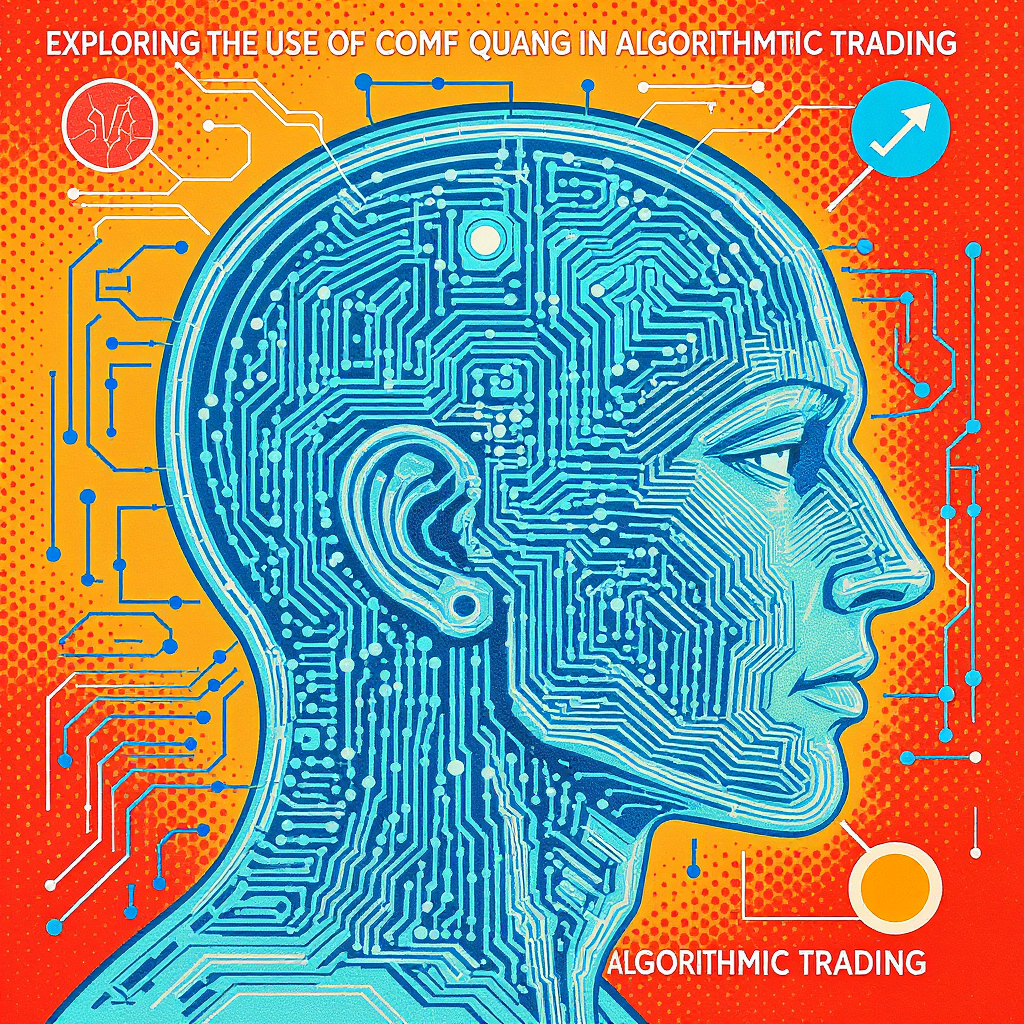The intersection of quantum computing and algorithmic trading is a burgeoning field with the potential to revolutionize financial markets. This article explores how the unique capabilities of quantum computers, such as superposition and entanglement, could be leveraged to develop significantly more sophisticated and efficient trading algorithms. We will examine the current state of quantum computing’s application in finance, focusing on the challenges and opportunities it presents. We’ll delve into specific areas where quantum algorithms might offer a competitive edge, such as portfolio optimization, risk management, and high-frequency trading. Finally, we’ll consider the future implications of this rapidly evolving technology and the potential impact on the financial industry as a whole. The exploration will highlight both the immense potential and the significant hurdles that need to be overcome before quantum computing becomes a mainstream tool in algorithmic trading.
Quantum Algorithms for Portfolio Optimization
Traditional portfolio optimization techniques, often relying on mean-variance optimization, struggle with large datasets and complex constraints. Quantum algorithms, such as Quantum Approximate Optimization Algorithm (QAOA) and Variational Quantum Eigensolver (VQE), offer the potential to significantly improve the speed and efficiency of finding optimal portfolios. These algorithms can handle a much larger number of assets and incorporate more sophisticated risk models, leading to potentially higher returns and lower risk. The ability to explore a vast solution space simultaneously offers a key advantage over classical methods, enabling the identification of previously undiscovered optimal portfolios.
Quantum Computing and Risk Management
Accurately assessing and managing risk is paramount in algorithmic trading. Quantum computing can enhance risk management by enabling faster and more precise calculations of Value at Risk (VaR) and Expected Shortfall (ES). These calculations are computationally expensive for classical computers when dealing with complex models and large datasets. Quantum algorithms could significantly reduce the computational time, providing traders with more timely and accurate risk assessments. Furthermore, quantum machine learning models might be able to identify hidden correlations and patterns in market data that traditional methods overlook, leading to more effective risk mitigation strategies. This improved risk analysis is crucial for making informed trading decisions and minimizing potential losses.
High-Frequency Trading and Quantum Speed
High-frequency trading (HFT) relies on executing a large number of trades in extremely short timeframes. The speed of computation is of paramount importance. Quantum computers, with their potential for exponential speedup for specific algorithms, could revolutionize HFT. While currently, the technology is not mature enough for practical application in HFT, theoretical research suggests that quantum algorithms could provide a significant advantage in tasks such as market prediction and order routing. However, challenges remain in terms of hardware development and the need for quantum-resistant cryptography to protect against potential attacks.
Challenges and Future Outlook
Despite the potential, several significant challenges hinder the widespread adoption of quantum computing in algorithmic trading. The primary challenge is the current limitations of quantum hardware. Existing quantum computers are still relatively small and prone to errors. Developing fault-tolerant and scalable quantum computers is crucial for practical applications. Furthermore, the development of quantum algorithms specifically tailored for financial problems is still in its early stages. There’s also a need for specialized expertise in both quantum computing and finance to bridge the gap between theoretical advancements and practical implementation. However, ongoing research and development in both quantum hardware and software are paving the way for a future where quantum computing plays a significant role in algorithmic trading, offering potentially transformative capabilities.
Conclusion
This exploration of quantum computing’s application in algorithmic trading reveals both immense promise and significant challenges. While the technology is still in its nascent stages, the potential for quantum algorithms to revolutionize portfolio optimization, risk management, and high-frequency trading is undeniable. Quantum computers offer the potential to solve complex financial problems far more efficiently than classical computers. However, the limitations of current quantum hardware, the need for further algorithm development, and the necessity for specialized expertise represent significant hurdles. The future of quantum computing in finance is likely to be one of gradual integration, with specific applications emerging first and wider adoption following as the technology matures and becomes more accessible. The potential for transformative impact is clear, and ongoing research and development in this field will shape the future of algorithmic trading significantly.
References
Nature Article on Quantum Computing
arXiv preprint on Quantum Portfolio Optimization
McKinsey Article on Quantum Computing in Finance
Image By: Black Forest Labs






